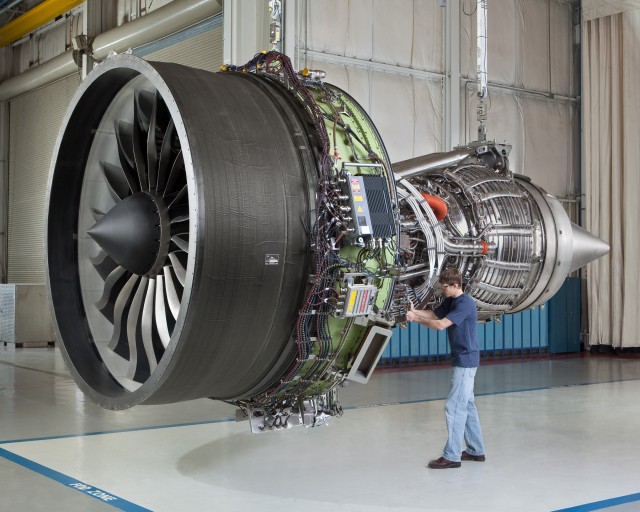This story was written by Steve Csonka, Director Environmental Strategy & ecomagination, GE Aviation for AirlineReporter.com.
As you may have inferred from Dale Carlson’s comments in an earlier blog post, many of us at GE Aviation are excited about our roles. I have been passionate about aviation since my teenage years when I took up general aviation flying – learning my “stick and rudder” skills in a Cessna 172 while living in the panhandle of West Virginia. I‘ve spent 27 years in the commercial aviation industry with airlines and with GE Aviation, and in my current role, I am focused on improving the sustainability of aviation so future generations can experience the same passion.
The value of the aviation enterprise is interwoven into the fabric of our worldwide society – providing fast, safe, and dependable transportation of people and goods. In fact, it is estimated that aviation is currently responsible for more than $2.2 trillion in global economic impact, or 3.5% of total worldwide gross domestic product.
However, we recognize that with our successes come additional challenges –noise around airports, local air quality emissions, greenhouse gases, and inflation of customer operating costs with rising fuel costs. The good news is that we continue to make progress in tackling these challenges using advanced technology. At GE, we call these efforts ecomagination – striving to deliver operating and environmental performance with technology. At GE Aviation, our sustainability efforts align with industry goals and focus on three pillars of improvement: operations, infrastructure, and technology.
- For operational improvement, GE Aviation offers services that help customers make flight routes more efficient, schedule engine maintenance and “ClearCore” engine washing, and decide how much fuel to load on planes for peak operating performance. Every one of these procedures is critical for saving fuel and, in turn, costs and emissions.
- On the infrastructure side, GE Aviation is looking beyond making efficient engines and is working with customers and regulatory authorities to make efficient flight paths. Stay tuned for more on this from GE Aviation’s Steve Fulton!
- For the technology pillar, my colleague Dale explained in his guest post how GE Aviation researches and develops new, efficient technology. Whether it is the GEnx on the 787 and 747-8 (which just entered service), or CFM’s LEAP engine for the next generation single aisle transcontinental aircraft, GE’s technology enables our customers to burn less fuel, shrink the noise footprint around airports, and dramatically lower NOx emissions.
Can you imagine a world where fuel comes from the waste stream and other biomass? I can. GE Aviation was one of the first companies, along with CFM, to test a biofuel-powered engine in flight. At last year’s Paris Air Show, GE Aviation showed an engine that was powered by 15 percent biofuel, and we will continue to discuss our biofuel-powered engines at this year’s Farnborough Air Show. Watch a video about our most recent renewable Jet fueled demonstration flights below, which, along with several other commercial flights, flew into Rio de Janeiro during the recent Rio+20 activities in June:
With all these innovations in operations, infrastructure and aircraft technology (including biofuels), I believe we have ample opportunity and reason to be passionate about the future of aviation. Stop by GE Aviation’s exhibit at the Farnborough Air Show this week to explore more of our sustainable tech: Booth #7, Hall 4.


No comments:
Post a Comment